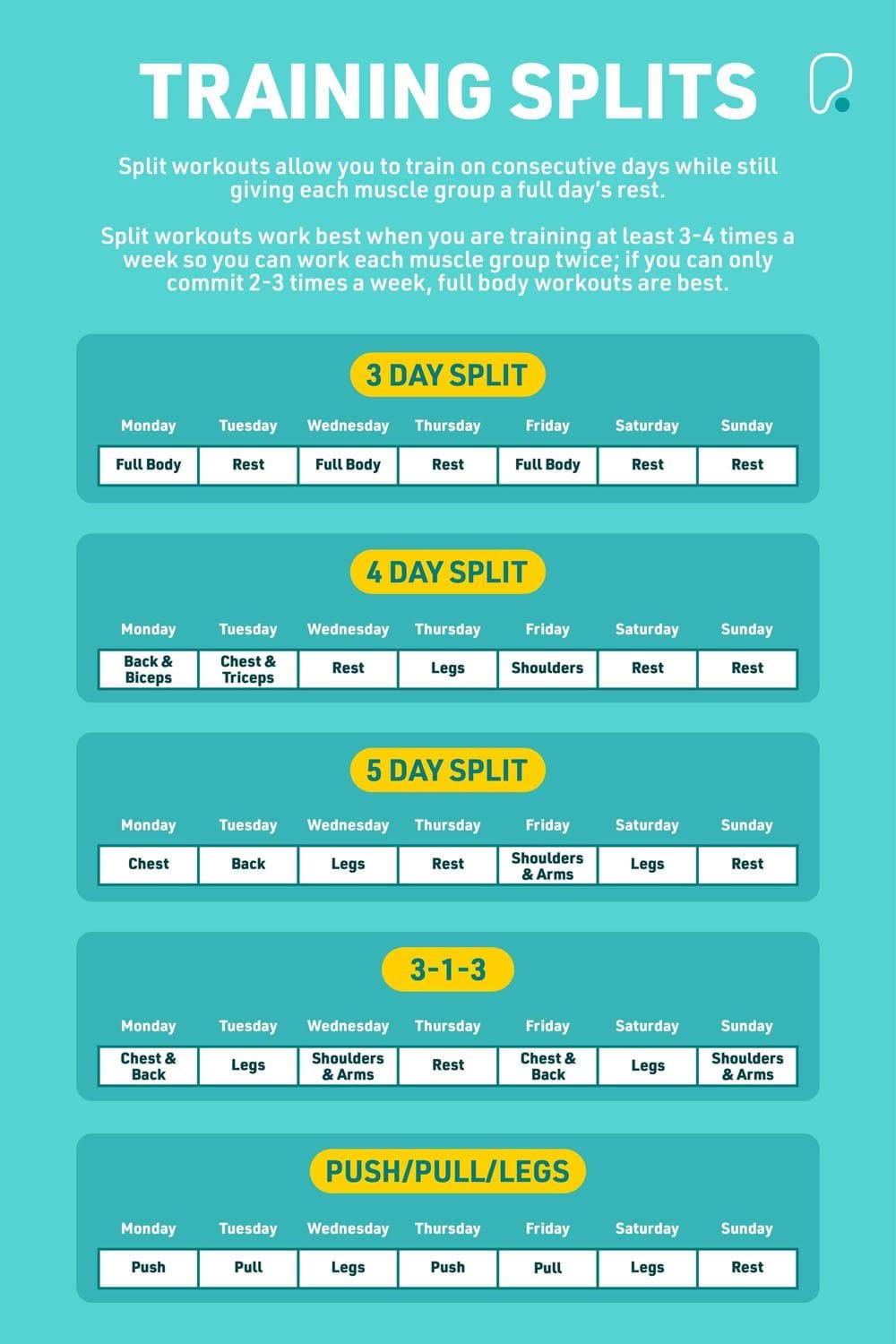A good gym schedule is essential to effectively reach your fitness goals. Whether you want to lose weight, build muscle mass, or just improve your overall health, a structured plan helps you stay on track and maximize your results. But how do you create the perfect gym schedule? In this blog, we discuss the key steps to create an effective schedule that fits your goals.
1. Determine Your Goals
Before you start making a gym schedule, it is important to have your goals clearly in mind. The training you do depends on what you want to achieve. There are different types of fitness goals, and each requires a different approach:
- Muscle Building (Hypertrophy): If you want to build muscle mass, then focus on strength training with a lower number of repetitions (6-12 repetitions) and heavier weights.
- Strength: If you want to get stronger, then focus on fewer repetitions (3-5) with heavier weights.
- Weight loss: If you want to lose fat, a combination of strength training and cardio is ideal. Focus on circuit training and intensive cardio.
- Endurance: If you want to improve your endurance, you can train longer with lower weights and higher repetitions (12-20 repetitions).
Make sure your goals are specific, measurable, achievable, relevant, and time-bound (SMART).
2. Set your Training Frequency
The number of days you train per week depends on your current fitness level and how much time you can dedicate to training. Here are some guidelines:
- Beginners: If you are just starting, 2-3 times per week is sufficient. Focus on full body training to build your basic strength.
- Advanced: If you already have experience, you can train 4-5 days per week, focusing on specific muscle groups each day.
- Expert: If you are an experienced athlete, you can even train 6-7 times per week, but make sure to allow sufficient recovery.
3. Choose the Right Exercises
A good routine includes a combination of exercises that train both the large muscle groups and the smaller stabilizing muscles. Here is an example of how you can divide exercises:
- Compound exercises: These are the basic movements that engage multiple muscle groups at once. Think squats, deadlifts, bench presses, and pull-ups.
- Isolation exercises: These exercises target one muscle group at a time, such as bicep curls, tricep extensions, and leg curls.
It is important to find a balance between both. Compound exercises should form the basis of your routine, while isolation exercises refine the details.
4. Plan your Sets and Repetitions
The sets and repetitions determine how hard you train. Here is a general guideline:
- Muscle building: 3-4 sets of 6-12 repetitions.
- Strength training: 3-5 sets of 3-5 repetitions.
- Endurance: 3-4 sets of 12-20 repetitions.
- Fat burning: 3-5 sets of 12-15 repetitions with short rest periods.
Note: if you want to make an exercise harder, you can increase the weight or adjust the number of sets and repetitions.
5. Rest and Recovery
A common mistake when creating a gym schedule is ignoring recovery. Muscles grow and recover outside the gym, not during the workout itself. Make sure to include enough rest days, especially if you train intensively.
- Rest days: Plan at least one to two rest days per week, depending on your training frequency.
- Active recovery: This can be light cardio or mobility training so your body recovers without being completely inactive.
6. Add Cardio Training
Cardio can be an important part of your schedule depending on your goals. It can help with fat burning, improve your fitness, and promote overall health. There are different forms of cardio:
- Long, moderate intensity (e.g., running or cycling): Good for fat burning and endurance.
- HIIT (High-Intensity Interval Training): Short, intense periods of cardio followed by rest. This is ideal for fat burning and time efficiency.
You can combine cardio with strength training or schedule it on separate days.
7. Track Your Progress
A gym schedule is not effective if you don't track your progress. Use a workout journal or a fitness app to monitor your weights, sets, reps, and performance. It not only helps you see how you're progressing but also motivates you to keep going.
8. Adjust and Vary
Your body gets used to the same exercises after a while, so it's important to regularly adjust your schedule. This can be done by:
- Adding new exercises.
- Changing the number of sets and repetitions.
- Increasing the weight.
- Adding new training methods such as supersets, dropsets, or circuit training.
Conclusion
Creating the best gym schedule requires knowing yourself well and having clear goals. By tailoring your schedule to your specific needs, choosing exercises that fit your goals, not forgetting rest and recovery, and tracking your progress, you can get the most out of your workouts.
Stay motivated, be consistent, and adjust your schedule if you notice you're no longer making progress. Good luck with your workouts!



